| Don't like ads? | No ads |
I ran across an interesting forum and an even more interesting topic during my research on Jefferson’s Ocean and their upcoming Jefferson’s Tropics line of bourbon. The topic was regarding the ins and outs of aging whiskey in a shipping container.
The forum is part of the American Distilling Institute (ADI). If you’re a distiller and want to talk about distilling stuff with likeminded individuals, this is your place. But if you’re a person who just wants to learn, you can still use it like an educational resource.
On this particular thread, the topic of using shipping containers for aging whiskey is brought up. The Original Poster (OP) wants to know the ins and outs of storing their whiskey in a shipping container since their distillery is running out of space to put the barrels.
The discussion gets more fascinating the more I kept reading. It also got me thinking what a great idea this could be. Shipping containers are cheap, readily accessible, extremely quick to set up and should require very little government insight.
That last part is because they’re not a structure that has to be built to local rules and building codes. The best part? They’re mobile and can be resold if future events dictate. You can’t say that about a brick-and-mortar building.
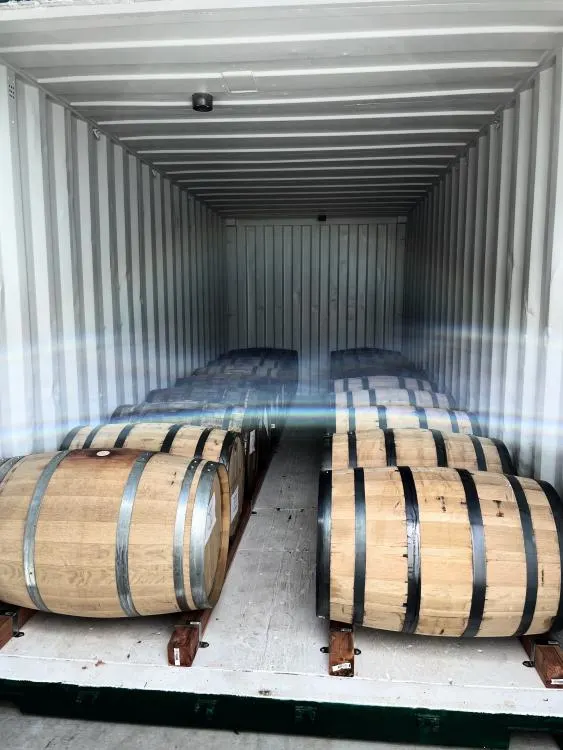
Are their drawbacks? Sure! But if you’re a smaller craft distiller, you’re not filling up dozens or hundreds of barrels each day – which makes these an obvious choice to age whiskey in. Even for large distilleries, shipping containers probably could be a quick and cheap way to age experimental distillate faster. This will help them examine if those experiments are viable enough for full production.
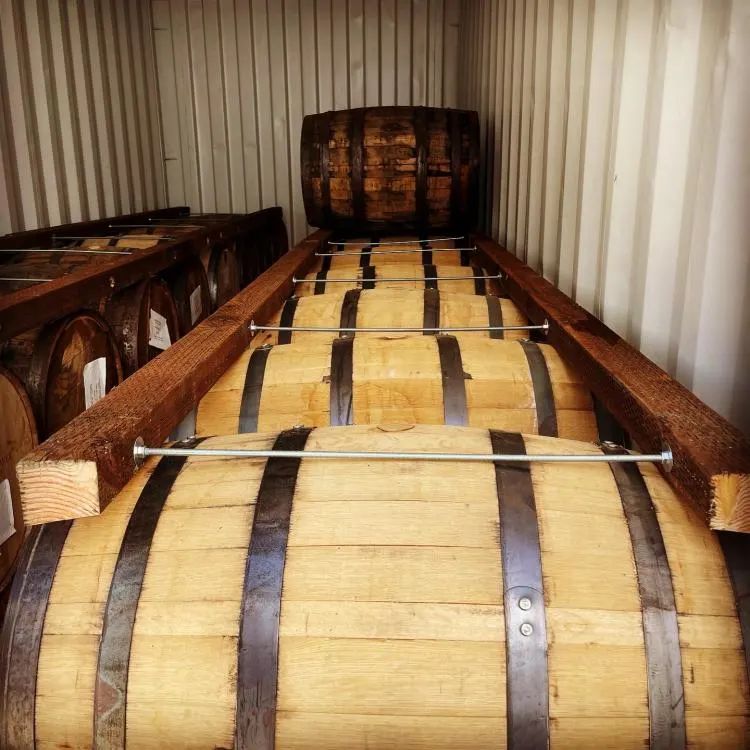
So what kinds of things did I find the most interesting? I decided to break them down into bullet points but highly recommend that you peruse the forum to see what other interesting topics are being discussed. They may not reveal the secrets of Kentucky’s biggest producers, but these people who are figuring things out on the forum could be making whiskey that becomes the next big thing.
- A question was asked if shipping containers are legal to store and age whiskey barrels in. The answer comes back that they are as long as they use TTB approved locks, and describe them thoroughly in their application {to the TTB}.
- Deep Creek Distilling recommended that if any distillery decides to use shipping containers to age their barrels in, they just have to make a change to the plant diagram and add the container as a bonded premises. They also recommend to ensure that the security is acceptable as well.
- Golden Beaver Distilling offers insight into how many barrels can fit into a 20′ long shipping container (the most common types are 20′ and 40′). If you have 3 rows of barrels, that would fit approximately 54 barrels. So could we assume that a 40′ container can hold twice as many?
- Golden Beaver Distilling also lays out some rough costs (keep in mind, these numbers are as of 2022, so they’re recent!). They say the cost of the container, timber, hardware and paint comes in at $4,000. Furthermore, counting depreciation over 3 years, it will cost the producer $24 per year/per barrel to store them.
- Regarding the 4×4 wood beams that the barrels will roll onto, they advise using a taper of around 9 degrees. The 4×4’s are tied in the middle with 1/2″ pipe sunk in 4″ on each end. This allows them to pull them apart to remove the rails easily.
- The issue of inspections by Fire Marshalls is brought up. They were told to make sure the containers are vented using small round vents on the sides (15 of them) and two roof vents. A good FYI is noted that alcohol is heaver than air so the side vents need to be at floor level.
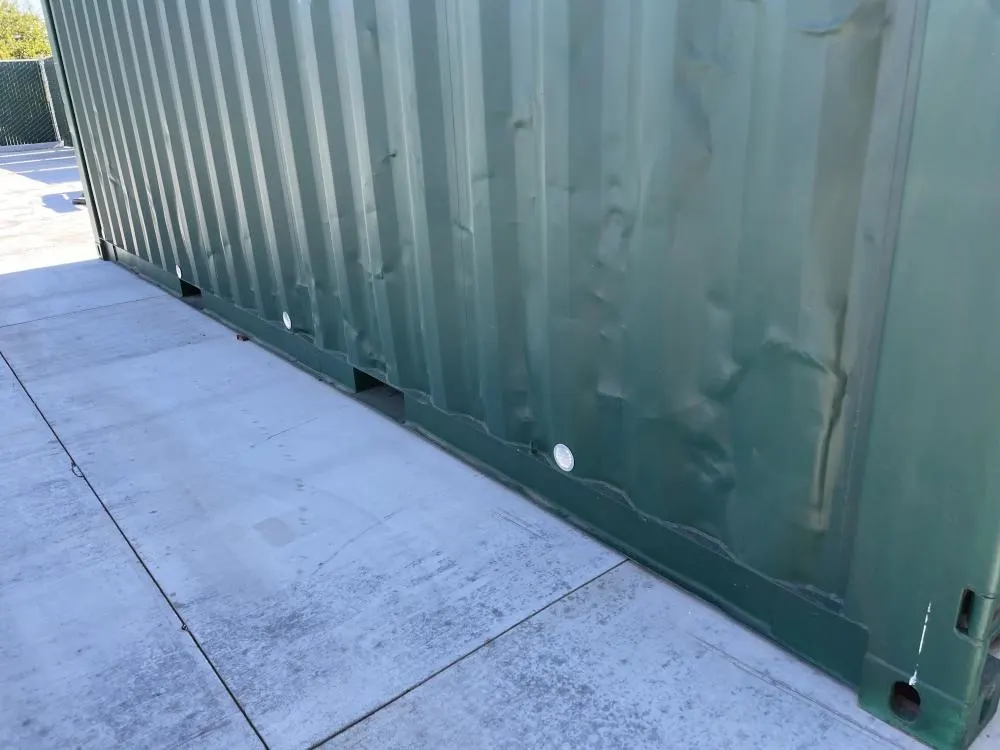
- An interesting subject gets brought up regarding if shipping containers can be placed inside of a non-firewalled building. This would be especially important to know if the distillery is inhabiting a warehouse but has no outside land due to space, leasing agreements, etc. Another poster thinks it probably can’t happen due to firewall regulations and restrictions but in the end it might be dependent on the building they’d be putting a shipping container inside of.
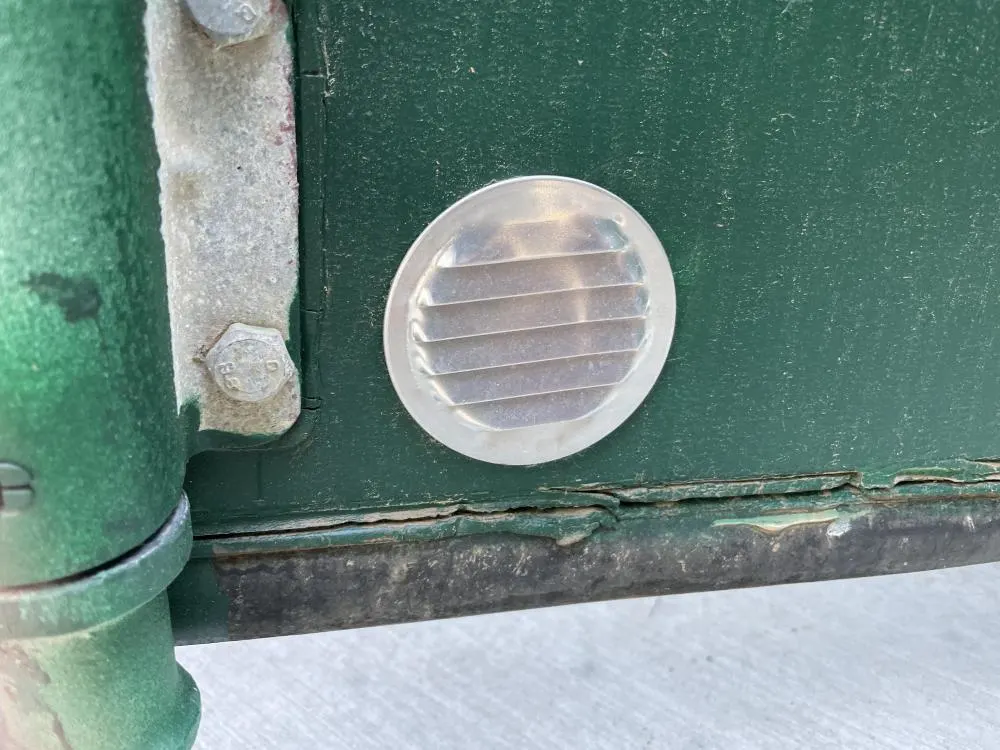
A Revolution Waiting To Happen?
The biggest difference between large heritage distilleries and craft ones is the sizes of warehouses they would age their whiskey in. Those warehouses have an undeniable impact on temperature across the floors (stories).
Hotter temperatures at the higher levels will allow a barrel to mature faster. Lower temperatures near the bottom will allow for less evaporation and a longer maturation cycle (which is necessary for higher-aged whiskies). Barrels filled on the same day and put on different levels will inevitably be different once they are matured.
Why craft whiskey gets stuck in a rut
But most craft distilleries don’t have access to warehouses like this and are stuck aging barrels in the same facility they make their whiskey in. Most of the time those facilities are temperature controlled and the barrels see no significant temperature fluctuation.
I think this really limits the ability of the whiskey to turn into something more and is a reason why craft whiskey gets stuck in a rut sometimes.
Where’s my proof for that statement? The only proof I have is observing smaller operations around the US, even in hot climates, and noticing that their barrels rarely go up or down in proof after maturation is complete. This is because most of them use single-story buildings that somehow stay more consistent in temperature than we’d think.
For example, JT Meleck – located in the middle of hot and humid Louisiana – has a single story metal warehouse. But their barrels are coming out with the same proof after four years of maturation that they went into the barrel at (roughly 120 proof). Silver Springs Sweet Rye was also aged in a single story warehouse in Tennessee and comes out at around 110 proof – which is the same proof the liquid went into the barrel at.
How Shipping containers handle heat
Shipping containers have the ability to heat up faster and trap the heat inside for longer periods of time. This doesn’t require expensive heating equipment to do and is only limited by how many containers you can buy and how many barrels you can produce to fill them up with.
I’d love to taste a side-by-side with a company that ages their barrels in both kinds of environments to see how much they are different. Do you have any experience with making or drinking whiskey aged in a shipping container? Drop a line in the comments below!
Featured Products
- Neat Traveler

- View Larger
- Description:The Aged & Ore Neat Traveler is a complete travel kit for spirits. We combined our widely praised Neat Glass with one of our 3oz Flight Bottles and housed them together in a custom EVA travel case. Perfect for a night away with your favorite pour. The tie
- Bottle Flight

- View Larger
- Description:The Aged & Ore Bottle Flight is a premium set of 4 custom silicone wrapped glass bottles designed to transport and share samples of your favorite spirits. The flight bottles come in a custom EVA travel case that fits perfectly in any small bag. An Aged &
- Travel Bundle
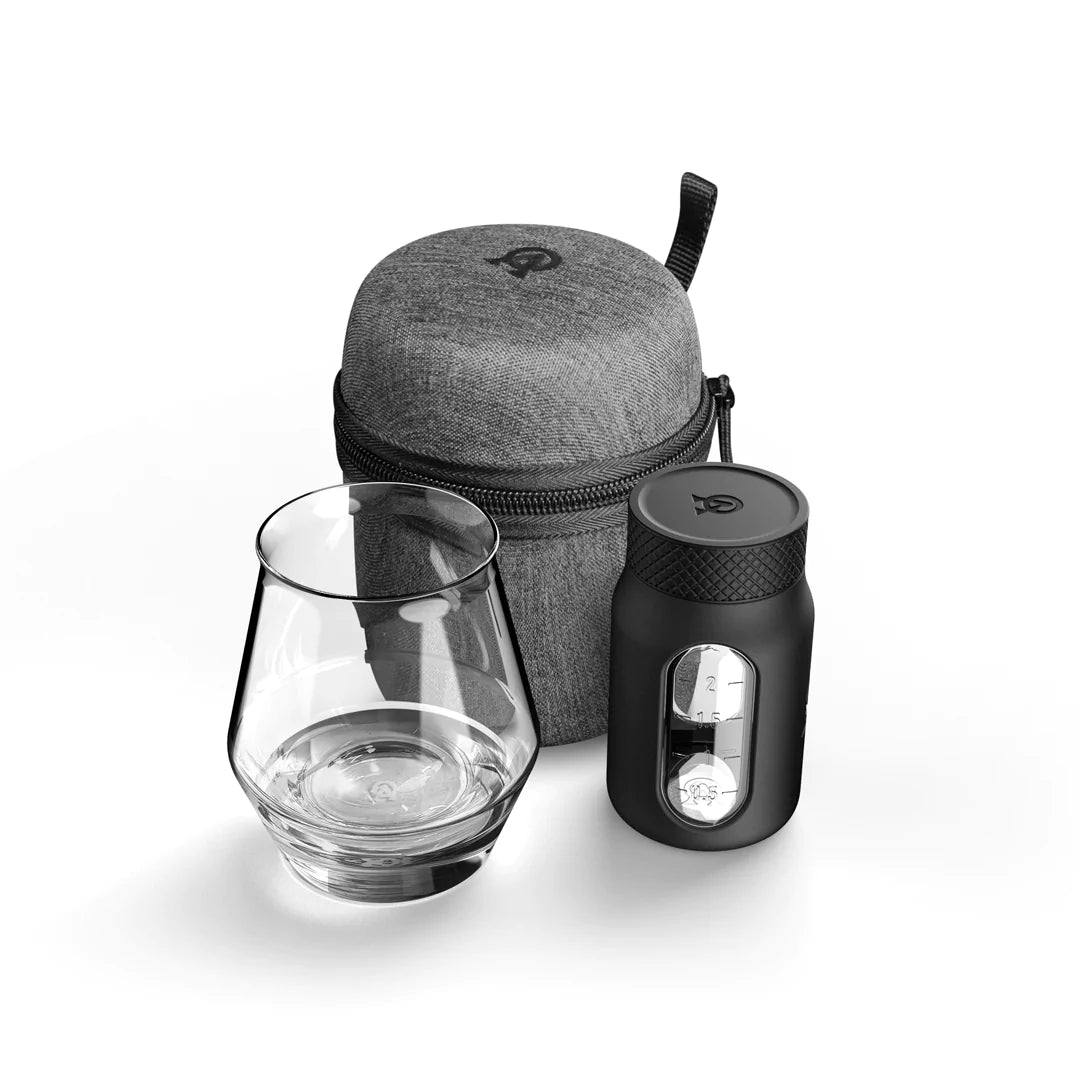
- View Larger
- Description:This Bundle combines two of our crowd favorite products, creating the ultimate travel bundle to bring along your favorite spirits and glassware. Bundle Includes: Neat Traveler (Gray) Bottle Flight (Gray) Note: This bundle is only available in gray and col
*Bourbon Culture is reader-supported. When you buy through links on our site, we may earn an affiliate commission.

